The universe is expanding at an accelerating rate but Einstein’s theory of General Relativity and our knowledge of particle physics predict that this shouldn’t be happening. Most cosmologists pin their hopes on Dark Energy to solve the problem. But, as Claudia de Rham argues, Einstein’s theory of gravity is incorrect over cosmic scales, her new theory of Massive Gravity limits gravity’s force in this regime, explains why acceleration is happening, and eliminates the need for Dark Energy.
You can see Claudia de Rham live, debating in ‘Dark Energy and The Universe’ alongside Priya Natarajan and Chris Lintott and ‘Faster Than Light’ with Tim Maudlin and João Magueijo at the upcoming HowTheLightGetsIn Festival on May 24th-27th in Hay-on-Wye.
This article is presented in association with Closer To Truth, an esteemed partner for the 2024 HowTheLightGetsIn Festival.
The beauty of cosmology is that it often connects the infinitely small with the infinitely big – but within this beauty lies the biggest embarrassment in the history of physics.
According to Einstein’s theory of General Relativity and our knowledge of particle physics, the accumulated effect of all infinitely small quantum fluctuations in the cosmos should be so dramatic that the Universe itself should be smaller than the distance between the Earth and the Moon. But as we all know, our Universe spans over tens of billions of light years: it clearly stretches well beyond the moon.
This is the “Cosmological Constant Problem”. Far from being only a small technical annoyance, this problem is the biggest discrepancy in the whole history of physics. The theory of Massive Gravity, developed by my colleagues and I, seeks to address this problem.
For this, one must do two things. First, we need to explain what leads to this cosmic acceleration; second, we need to explain why it leads to the observed rate of acceleration – no more no less. Nowadays it is quite popular to address the first point by postulating a new kind of Dark Energy fluid to drive the cosmic acceleration of the Universe. As for the second point, a popular explanation is the anthropic principle: if the Universe was accelerating at a different rate, we wouldn’t be here to ask ourselves the questions.
To my mind, both these solutions are unsatisfactory. In Massive Gravity, we don’t address the first point by postulating a new form of as yet undiscovered Dark Energy but rather by relying on what we do know to exist: the quantum nature of all the fundamental particles we are made out of, and the consequent vacuum energy, which eliminates the need for dark energy. This is a natural resolution for the first point and would have been adopted by scientists a long time ago if it wasn’t for the second point: how can we ensure that the immense levels of vacuum energy that fill the Universe don’t lead to too fast an acceleration? We can address this by effectively changing the laws of gravity on cosmological scales and by constraining the effect of vacuum energy.







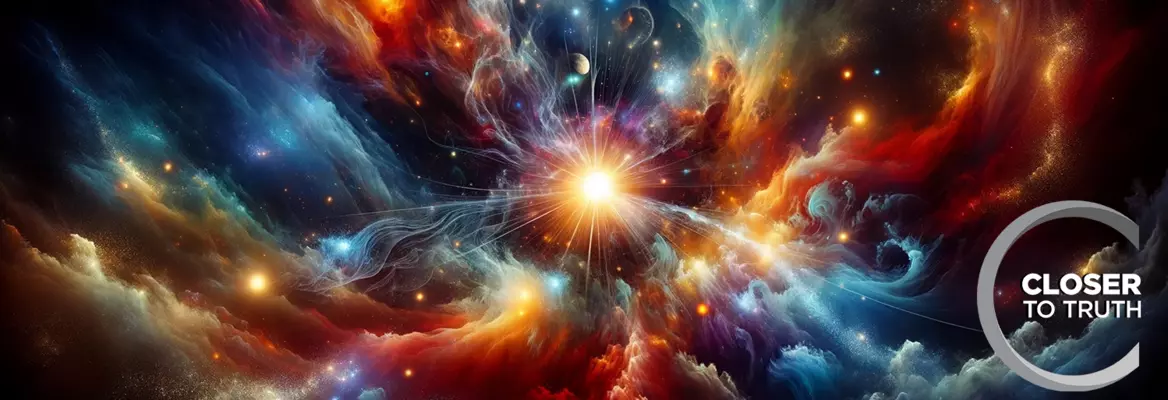


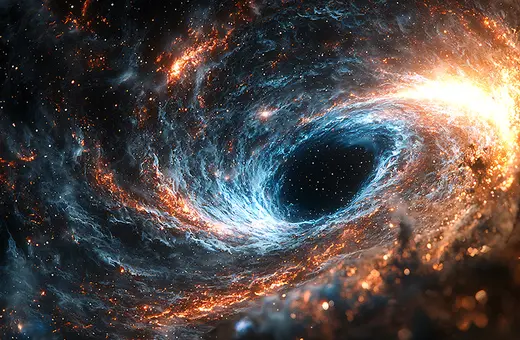
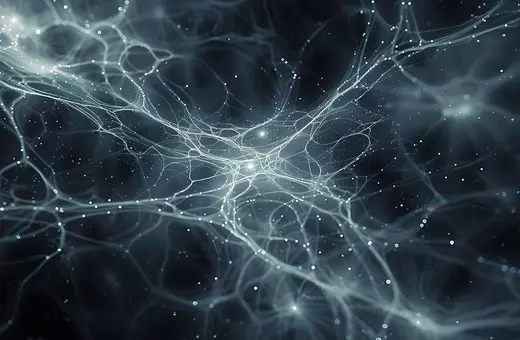
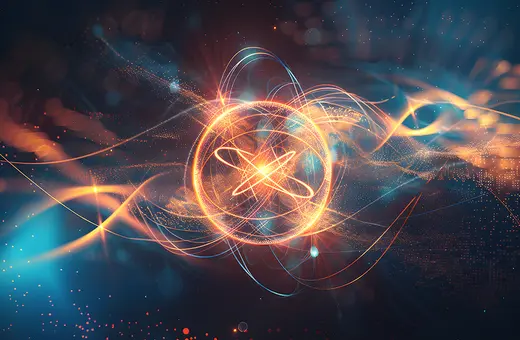
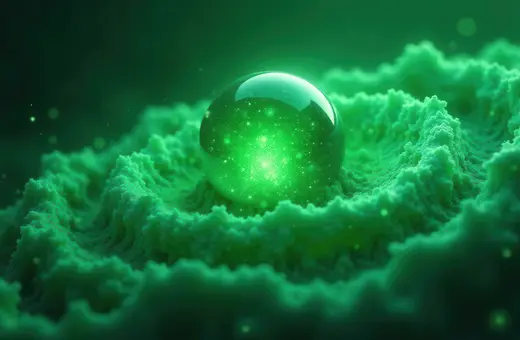
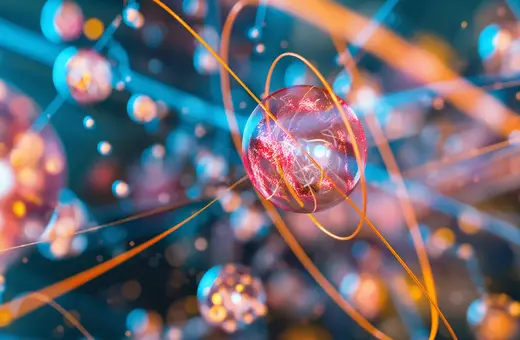
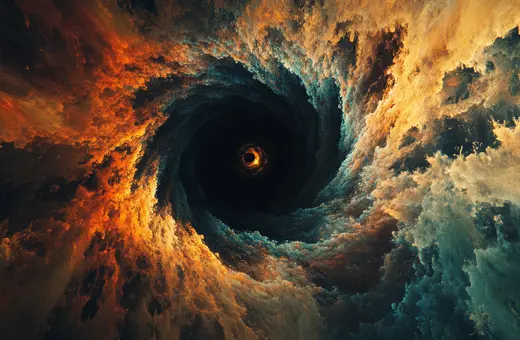
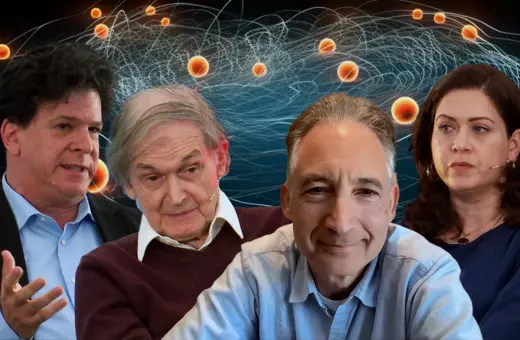
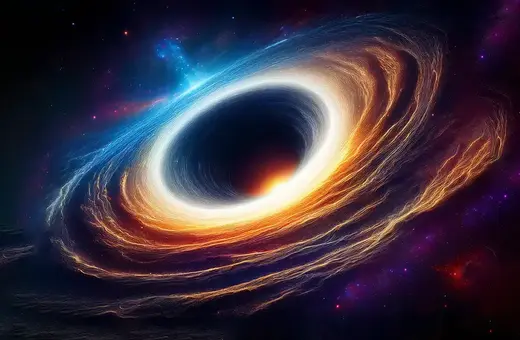

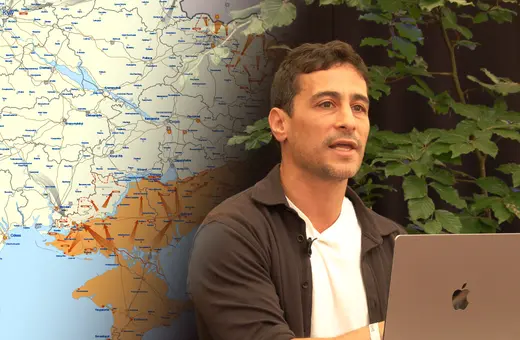

Join the conversation